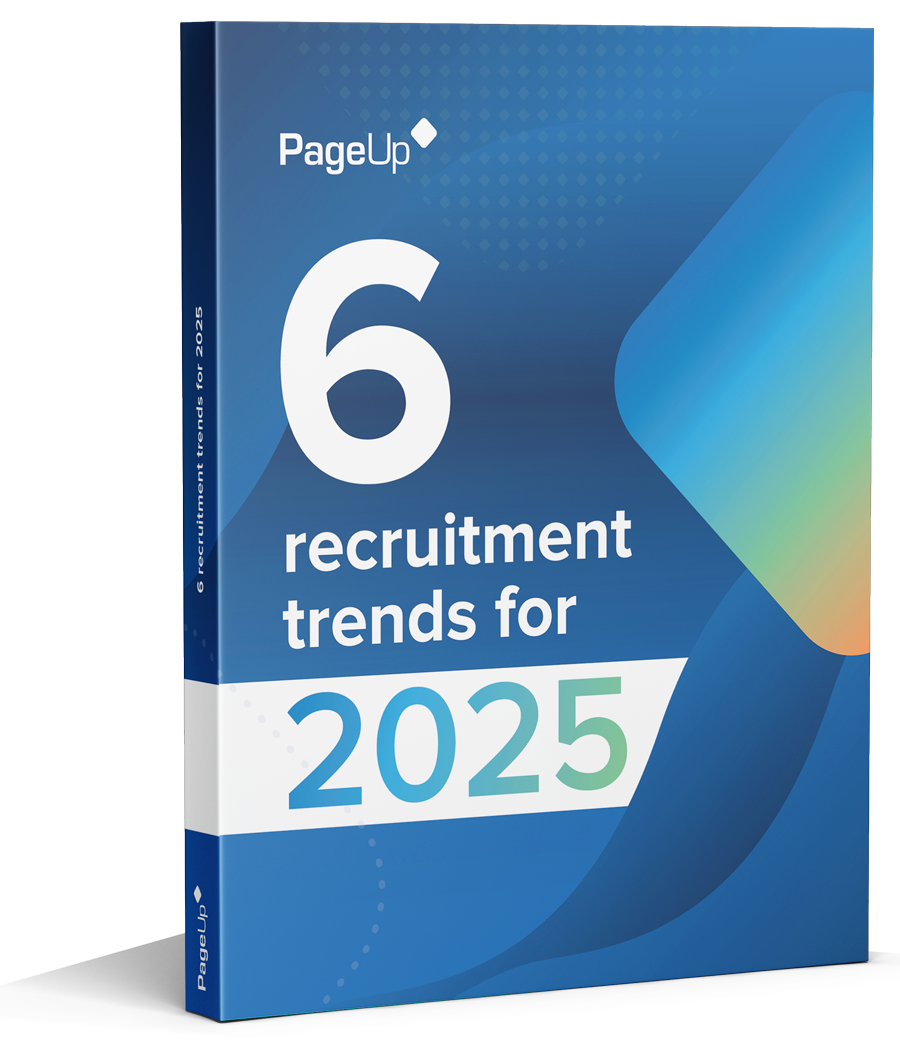Long gone are the days of publishing a job ad in the newspaper. Today, we can’t imagine hiring without digital job boards, automated communications, or virtual interviewing. Technology continues transforming how we hire, with the latest and greatest talk of the town being Artificial Intelligence (AI). With AI adoption rapidly rising and the candidate experience at the top of mind, talent acquisition teams are navigating how to strike the right balance between using AI without losing the human touch.
Let’s dissect the most talked about topic in recruitment this year, uncovering how AI is adopted, what to be aware of, and its impact on the future role of talent acquisition.
How AI is used in recruitment
The most common areas in which HR functions use AI are recruitment, interviewing and hiring. In other words, Talent Acquisition. The types of AI utilisedutilized can be categorisedcategorized into two key areas: Foundational AI and Generative AI (Gen AI). Foundational AI works to streamline hiring processes by providing intelligent recommendations to speed up hiring decisions, while Gen AI leverages the power of machine learning to produce new text, images, or video in response to prompts. Both Foundational and Gen AI are immensely valuable for busy hiring teams, with nearly 9 in 10 using AI to save time or increase their efficiency, allowing HR to prioritiseprioritize tasks that need human intelligence.
Below are some key areas where recruitment teams are currently using AI throughout hiring processes:
- Candidate sourcing: AI intelligence can help with candidate rediscovery by surfacing silver medalists, skills matching and using data to predict and build talent pipelines to speed up sourcing.
- Candidate experience: Foundational AI can suggest job recommendations or blog posts to candidates on your careerscareer site, delivering a more personalisedpersonalized experience. Gen AI can quickly compose candidate communications for use in email or text quickly.
- Chatbots: To enhance candidate engagement, chatbots are used to provide real-time responses 24/7, application assistance, and preliminary assessments.
- Generating Content: Gen AI can be used as a starting point to help form copy for job advertisements or descriptions for a target audience and help remove bias from the language used.
- Interviews: AI tools can support interview scheduling, screening and management. Gen AI can craft interview questions or develop interview guides to streamline processes.
- SummarisingSummarizing or analysing resumes: AI can be used to summarisesummarize CVs or compare suitability to job descriptions to fast-track the screening process.
We are scratching the surface of how AI could evolve to support recruitment processes further. Staying on top of what AI recruitment technology and tools are at your disposal will keep your talent acquisition strategy ahead of the curve.
Key considerations when using AI in recruitment
Without a doubt AI has many benefits that support busy and time-poor recruitment teams. But amidst the excitement of AI, there are things you need to keep in mind to help achieve the ultimate balance between efficiency and outcomes.
Maintaining decision making
One of the top considerations is maintaining the human touch and intelligence. Defining what you are and are not using AI for can guide this. Let AI do some of the heavy lifting whilst leaving humans to make the ultimate decisions. When looking at your sourcing strategy, ensure AI is used without impacting candidate privacy, bias and compliance issues. AI can surface potential candidates, but a person should decide who goes through the process. Identifying and training teams on where and how AI is used within your recruitment process with enable you to maintain the ultimate decision making.
Employer brand authenticity
When we look at employer branding, authenticity is one of the critical aspects candidates value the most when considering whether they want to work for an organisationorganization. Always ensure communications accurately reflect your brand voice. AI can help as a starting point to build content and generate ideas, but ensure you put your spin on the final result. Use AI to speed up manual processes that don’t require a high level of personalisationpersonalization, giving you time back to focus on elements of the candidate experience within the recruitment processes that value human interaction.
Ethical considerations
Instances of bias or unethical outcomes from algorithmic decision-making cast a shadow over the AI-powered recruitment landscape. Despite AI’s ability to reduce bias, if the models are trained on biased or incomplete data sets, they can unintentionally perpetuate inequality. Do your due diligence on what tools are to be embedded in your organisationorganization. Opting for solutions developed with a data-driven approach ensures confidence in the trustworthiness and reliability of any AI recruitment tools integrated into your operations.
Impact on employees
The uncertainty of job displacement has played on many employees’ minds, with concerns of potential losses in the workforce due to automation and AI. Many organisationsorganizations are opting for a blend of AI support and human intervention to address these concerns, aiming to amplify human capabilities rather than replace them. A recent report from the Tech Council of Australia (TCA) forecasted that AI could create 200,000 new jobs by 2030, driving workplace efficiencies and economic growth. Applying a human-centred approach to integrating AI in the workforce will ease concerns and equip employees on how to leverage the technology within their roles.
The role of AI in the future of talent acquisition
AI is empowering recruiters to do less ‘filling the funnel’ and more connecting with candidates to find a great match. As AI adoption increases, we will see advanced personalisationpersonalization across the candidate experience. Talent acquisition teams can create automated campaigns to communicate with candidates using historical and predictive data; these campaigns can be personalisedpersonalized and targeted based on the candidate’s past actions, preferences or recruitment stage, to help drive engagement at scale.
AI equips recruiters with invaluable insights and analytics, guiding informed choices based on comprehensive data analysis. Over time, this can elevate the role of talent acquisition within the organisationorganization to focus on more strategic initiatives. When looking at skills recruiters need in the future, a LinkedIn survey showed the top soft skills in the next five years include communication (77%), relationship building (72%), adaptability (63%), problem solving (62%) and critical thinking (61%). Developing more strategic abilities and being adaptable and receptive to learning new skills will make it easier to embrace AI-powered recruitment tools.
Due to the acceleration of AI technology, it is predicted that by 2030 the skills required for a role will change by 65%. A shift to skills-focused operating models is becoming increasingly popular in order to achieve greater agility within organisationsorganizations. The integration of AI technology and skills-based approaches will transform the TA landscape, enhancing abilities to forecast talent shortages, match talent with skills more effectively, and uncover new talent pool opportunities. If adopted, TA can better prepare organisationorganization for the future by becoming more adaptable to talent shifts, reducing bias in hiring processes and enhancing employee engagement across the board.
The future of recruitment is undoubtedly intertwined with the responsible integration of AI and the evolving regulatory landscape. Greater transparency will emerge as a cornerstone to ease concerns regarding AI ethics. AI promises a more efficient, personalisedpersonalized, and engaging recruitment environment. Striking the right balance between technological advancements, ethical considerations, and human-centric approaches will ensure long-term recruitment success. How will your team harness AI in the year ahead?
Learn more about how PageUp’s powerful AI capabilities can help you enhance recruiter productivity and deliver impactful candidate experiences.
Fresh insights for HR
Stay up to date with HR trends, tips and more when you sign up for our industry newsletter





